Iceland’s capital has transformed into a culinary playground where ancient Nordic traditions collide with contemporary innovation. Though tourists typically visit for the Northern Lights and geothermal pools, locals understand that the real magic unfolds within the city’s dynamic food scene. From preservation techniques that date back centuries to modern interpretations of beloved classics, Reykjavík’s snack culture reveals how a nation mastered the art of thriving in harsh Arctic conditions.
The city’s inventive approach to traditional snacks demonstrates Iceland’s fascinating position between Europe and North America — a place where Viking heritage seamlessly merges with sleek Scandinavian design principles. Here is a list of 15 Icelandic snacks that showcase how Reykjavík has transformed its culinary legacy for today’s palate.
Hákarl
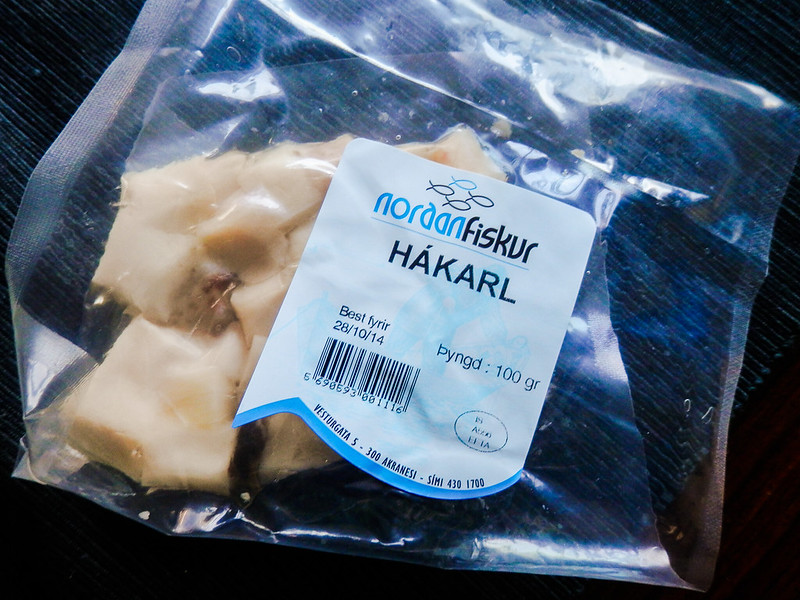
This fermented shark sounds absolutely terrifying, yet it’s Iceland’s most celebrated traditional snack for compelling reasons. The preparation process requires burying Greenland shark meat underground for several months — then hanging it to dry for another four to five months. Modern Reykjavík establishments serve it in small, manageable cubes alongside brennivín (caraway schnapps) to help mellow the intense flavor. You could think of it as Iceland’s version of aged cheese: an acquired taste that locals absolutely swear by while visitors either embrace enthusiastically or politely decline.
Harðfiskur
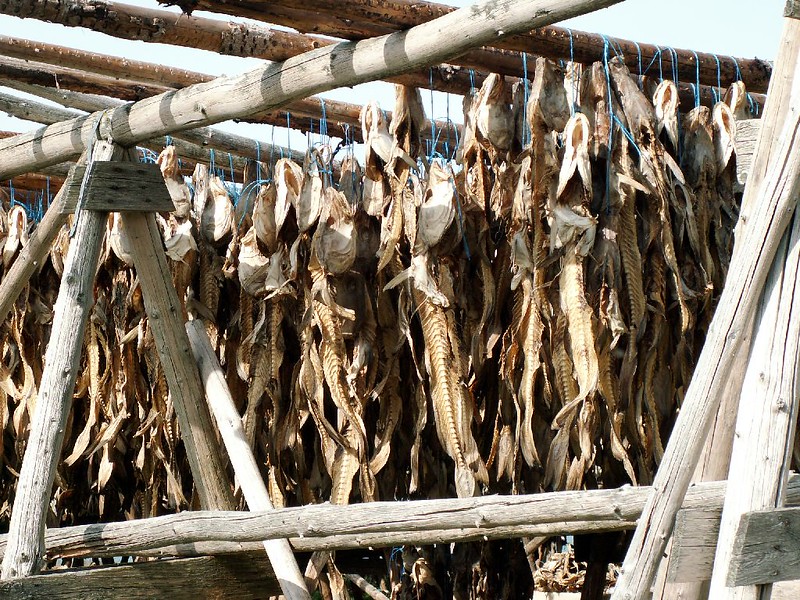
Dried fish has served as Iceland’s primary protein snack for over a millennium, though Reykjavík’s modern approach makes it surprisingly accessible to everyone. The traditional preparation involves wind-drying cod, haddock, or catfish until it achieves a jerky-like consistency. Contemporary shops now offer pre-packaged versions with different seasonings and marinades — transforming this ancient preservation method into something that feels remarkably fresh. It’s basically the Nordic equivalent of beef jerky, though with a distinctly oceanic flavor that pairs beautifully with butter.
Rúgbrauð
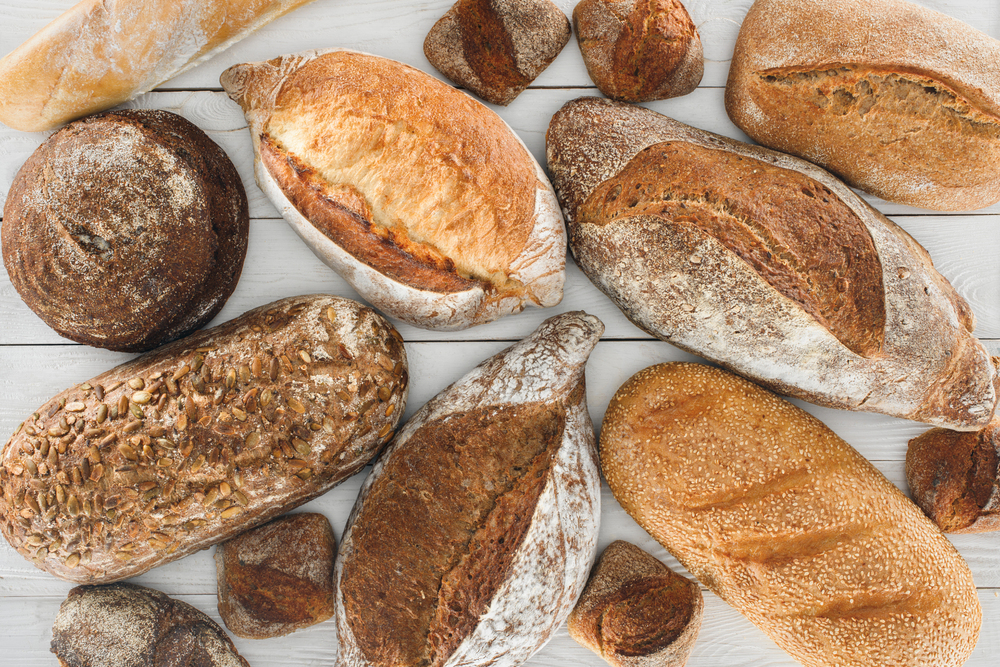
This dense, dark rye bread gets its unique character from being baked underground using geothermal heat for up to 24 hours. Reykjavík bakeries have adapted this traditional method by creating smaller, more portable versions that maintain the authentic, deep, earthy sweetness. The bread’s molasses-like flavor emerges from the slow, low-temperature baking process — which caramelizes the natural sugars in the rye. Modern variations include adding seeds, nuts, or even chocolate chips while preserving the traditional geothermal baking method.
Kleinur
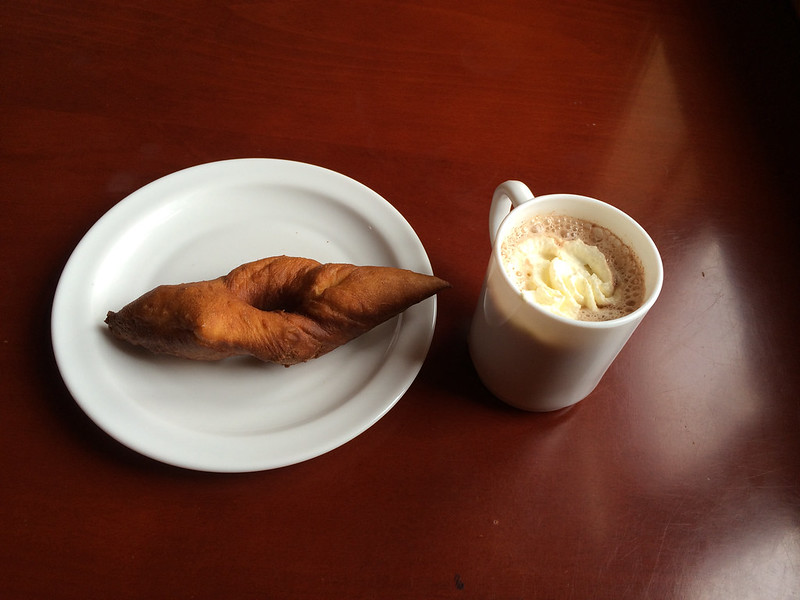
These twisted pastries represent Iceland’s answer to donuts, though with a distinctly Nordic twist that makes them ideal for the local climate. Traditional kleinur are made with cardamom and fried until golden — creating a crispy exterior that gives way to a tender, slightly sweet interior. Reykjavík cafés now offer them with various glazes, fillings, and toppings that range from traditional powdered sugar to modern innovations like salted caramel or berry compotes. They’re essentially Iceland’s comfort food equivalent of receiving a warm hug on a frigid day.
Skyr
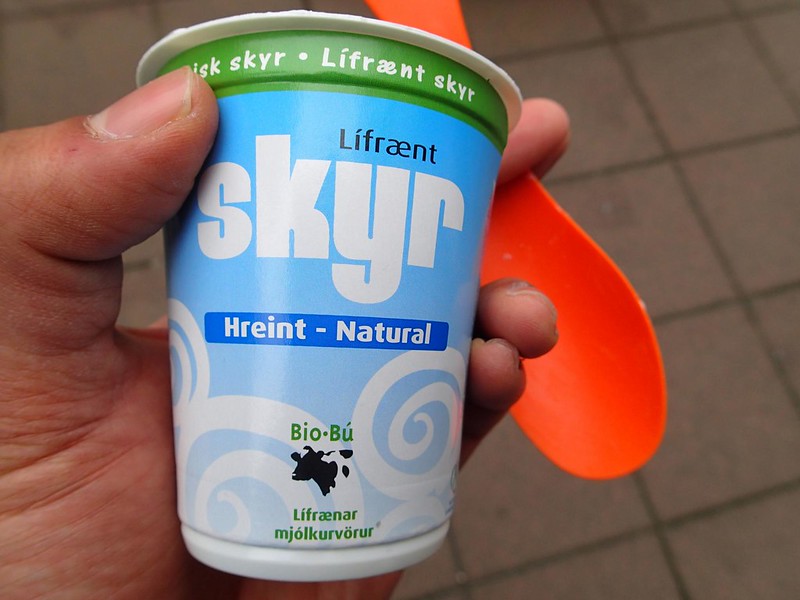
This protein-packed dairy product has become Iceland’s most successful culinary export, though the Reykjavík versions offer experiences you won’t discover anywhere else. Traditional skyr has a consistency somewhere between yogurt and cheese — with a tangy flavor that’s been perfected over centuries. Modern Reykjavík producers create artisanal versions with local berries, herbs, and even savory preparations that work as appetizers or light meals. It’s like Greek yogurt’s Nordic cousin that takes protein seriously.
Brennivín
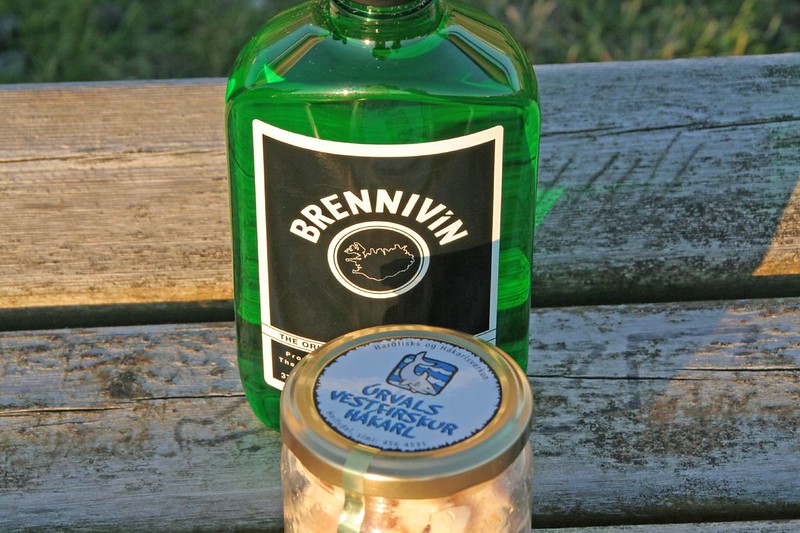
Known locally as ‘Black Death,’ this caraway-flavored schnapps serves as both a digestif and a cultural experience wrapped in one small glass. The traditional recipe dates back to 1935 and uses caraway seeds along with other herbs to create a flavor profile that’s uniquely Icelandic. Reykjavík bars now serve it in creative cocktails that tone down the intensity while preserving the authentic taste, making it essential for washing down fermented shark. Think of it as Iceland’s answer to aquavit, though with more personality and a reputation that definitely precedes it.
Pylsur
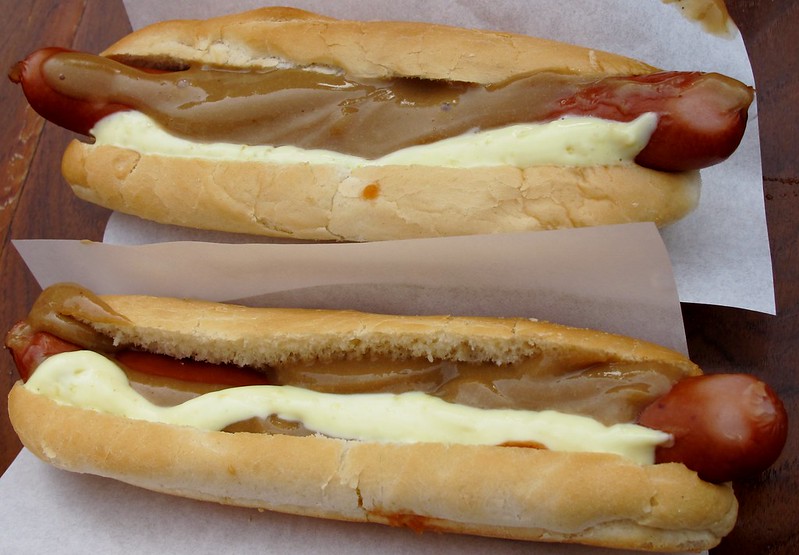
Icelandic hot dogs have achieved legendary status among food enthusiasts, while Reykjavík’s preparation makes them unlike anything you’ll find elsewhere. The traditional recipe uses a blend of lamb, pork, and beef, creating a flavor that’s both familiar and distinctly Nordic. Modern vendors serve them with a specific combination of raw onions, fried onions, ketchup, mustard, and rémoulade that locals consider the only proper way to eat them. They’re basically the perfect example of how Iceland takes simple concepts and elevates them through quality ingredients — plus meticulous attention to detail.
Flatkaka
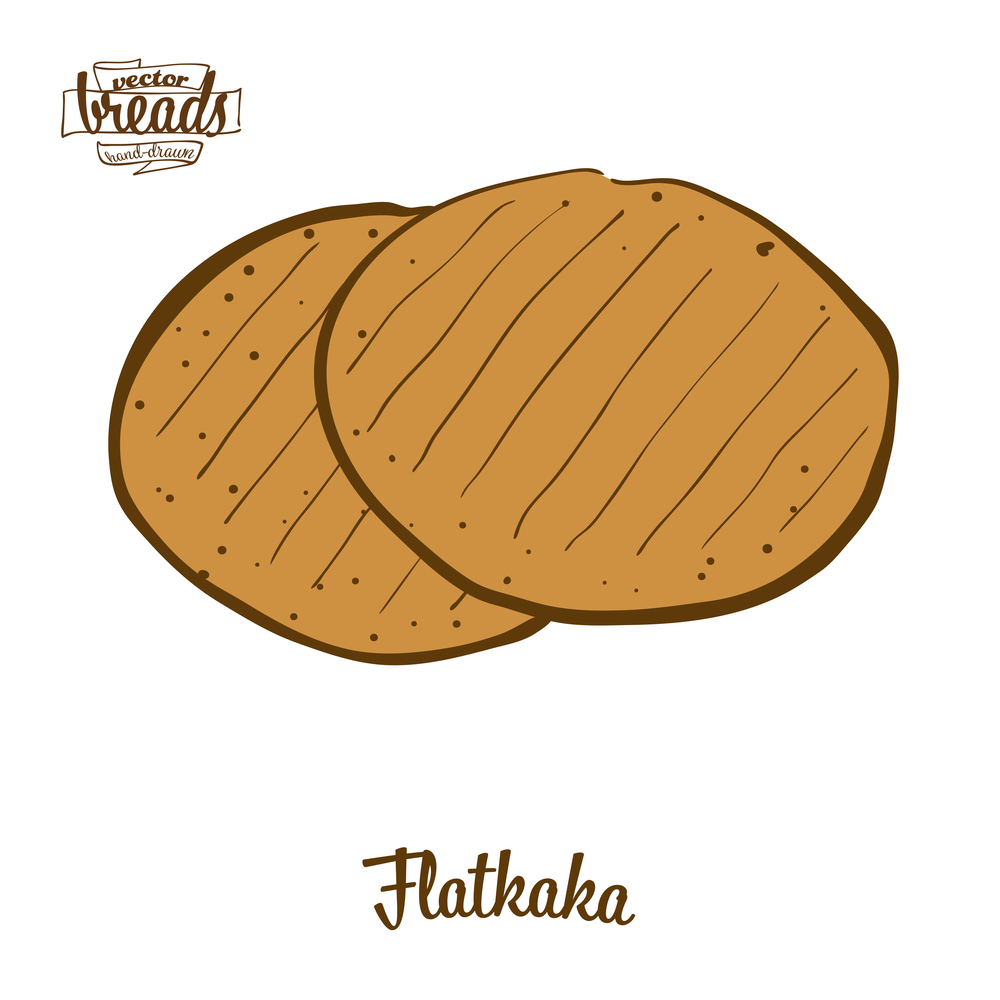
This traditional flatbread has been a staple of Icelandic cuisine for centuries, while Reykjavík’s modern interpretations make it accessible to contemporary tastes. The original preparation involves cooking thin rounds of dough on a griddle until they develop characteristic brown spots and a slightly chewy texture. Contemporary cafés now offer them with various toppings that range from traditional butter and sugar to modern combinations like smoked salmon or local cheeses. It’s essentially Iceland’s version of a tortilla, though with a distinctly Nordic flavor profile that reflects the country’s grain-growing limitations.
Hangikjöt
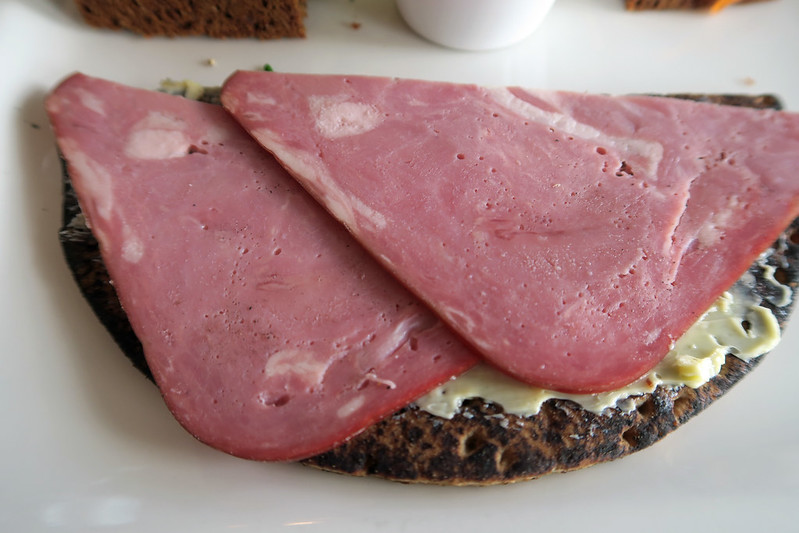
This smoked lamb represents one of Iceland’s most sophisticated preservation techniques, while Reykjavík’s modern preparation makes it perfect for contemporary snacking. The traditional method involves smoking leg of lamb over birch wood and dried sheep dung — creating a flavor that’s both smoky yet subtly sweet. Modern establishments serve it sliced thin on flatbread or incorporated into sandwiches that make this ancient preservation method feel current. Think of it as Iceland’s answer to prosciutto, though with a distinctly Nordic smoking technique that creates an irreplaceable flavor.
Súrmjólk
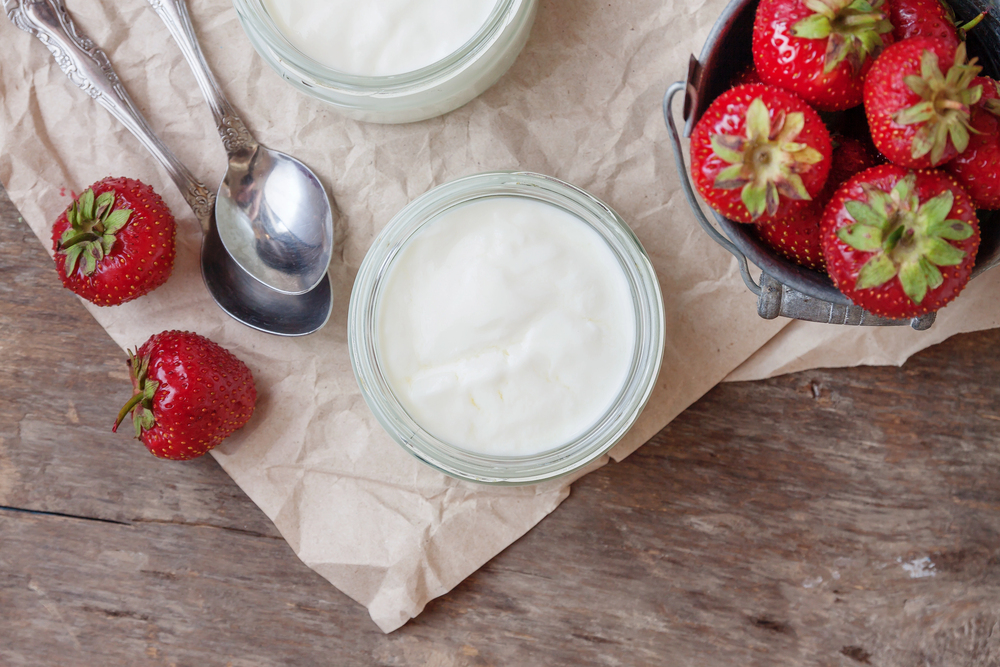
This cultured buttermilk has been a cornerstone of Icelandic nutrition for generations, while Reykjavík’s modern versions offer both traditional and innovative experiences. The fermentation process creates a tangy, slightly thick liquid that’s more flavorful than regular milk though less intense than skyr. Contemporary producers now offer flavored versions with berries, herbs, or spices that make this traditional drink appealing to modern palates. It’s basically Iceland’s answer to kefir, though with a milder flavor that makes it perfect for both drinking and cooking applications.
Þorramatur
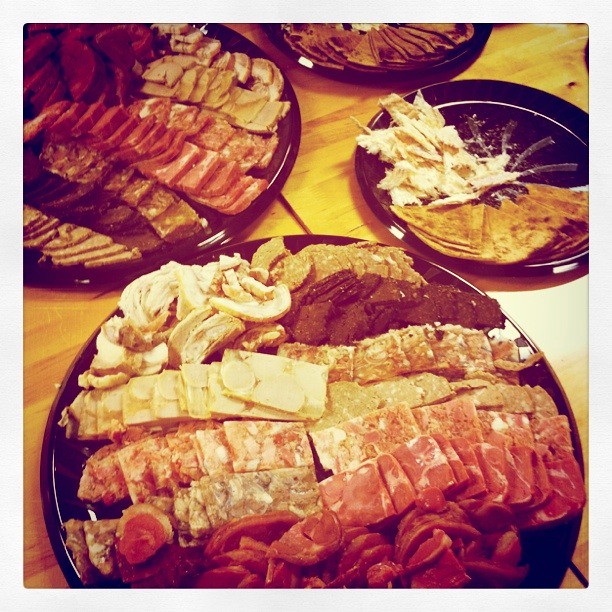
This collection of traditional preserved foods represents Iceland’s approach to surviving harsh winters, and Reykjavík’s modern presentation makes it accessible to curious visitors. The traditional selection includes various preserved meats, fish, and dairy products that showcase different preservation techniques developed over centuries. Modern restaurants serve smaller portions as tasting plates that let people experience these intense flavors without committing to full traditional servings. It’s essentially Iceland’s version of a charcuterie board, yet with preservation methods that reflect the country’s unique climate challenges.
Kjötsúpa
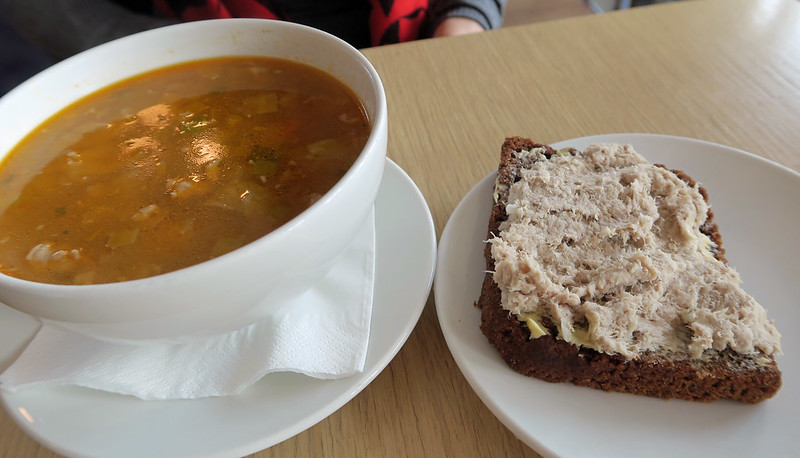
This hearty meat soup has been warming Icelanders for centuries, though Reykjavík’s modern versions maintain the traditional comfort while adding contemporary touches. The classic preparation uses lamb, root vegetables, and herbs in a clear broth that’s both nourishing and satisfying. Contemporary establishments now offer variations with different meats, vegetables, and seasonings that keep the essential character while appealing to diverse tastes. Think of it as Iceland’s answer to chicken soup, yet with a distinctly Nordic flavor profile that reflects the country’s agricultural traditions.
Rjómaís

This traditional ice cream has been adapted by Reykjavík’s modern producers to create something that’s both familiar and uniquely Icelandic. The original preparation uses local dairy and simple flavors that highlight the quality of Icelandic milk and cream. Contemporary ice cream shops now offer innovative flavors that incorporate local ingredients like birch, crowberries, or even brennivín while maintaining the traditional creamy texture. It’s basically Iceland’s answer to gelato, yet with a focus on showcasing local dairy quality and Nordic flavor profiles.
Laufabrauð
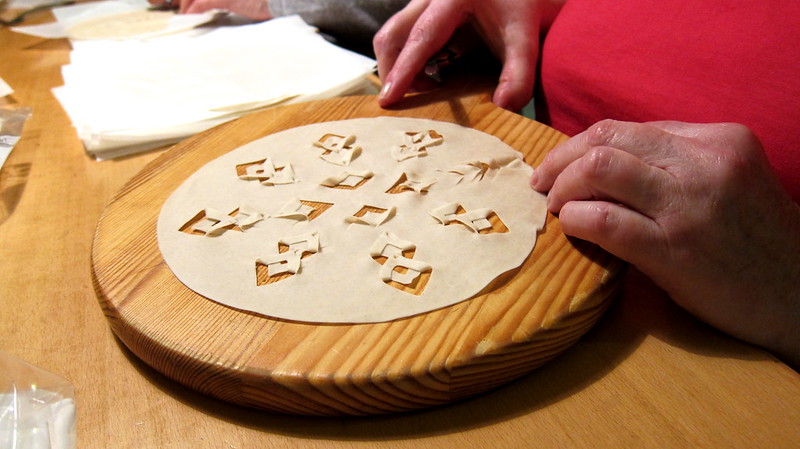
These delicate, decorative flatbreads represent one of Iceland’s most artistic culinary traditions, though Reykjavík’s modern interpretations keep the craft alive. The traditional preparation involves rolling dough paper-thin and cutting intricate patterns before frying until crispy and golden. Contemporary producers now offer them as both traditional accompaniments to meals and modern snacks that showcase the artistry involved in their creation. Think of them as Iceland’s answer to crackers, yet with a level of decorative detail that makes each piece a small work of art.
Pönnukökur
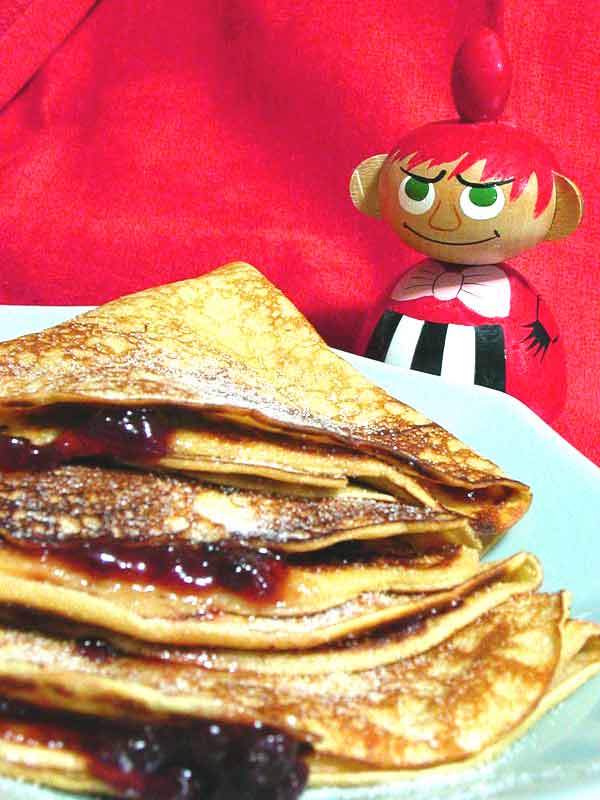
These thin pancakes have been a beloved treat in Iceland for generations, while Reykjavík’s modern versions offer both traditional and innovative experiences. The classic preparation creates delicate, crepe-like pancakes that are typically served with jam, sugar, or whipped cream. Contemporary cafés now offer them with various fillings and toppings that range from traditional berry preserves to modern combinations like Nutella or savory options. They’re essentially Iceland’s answer to crepes, yet with a distinctly Nordic approach that emphasizes simplicity and quality ingredients.
When Ancient Meets Modern
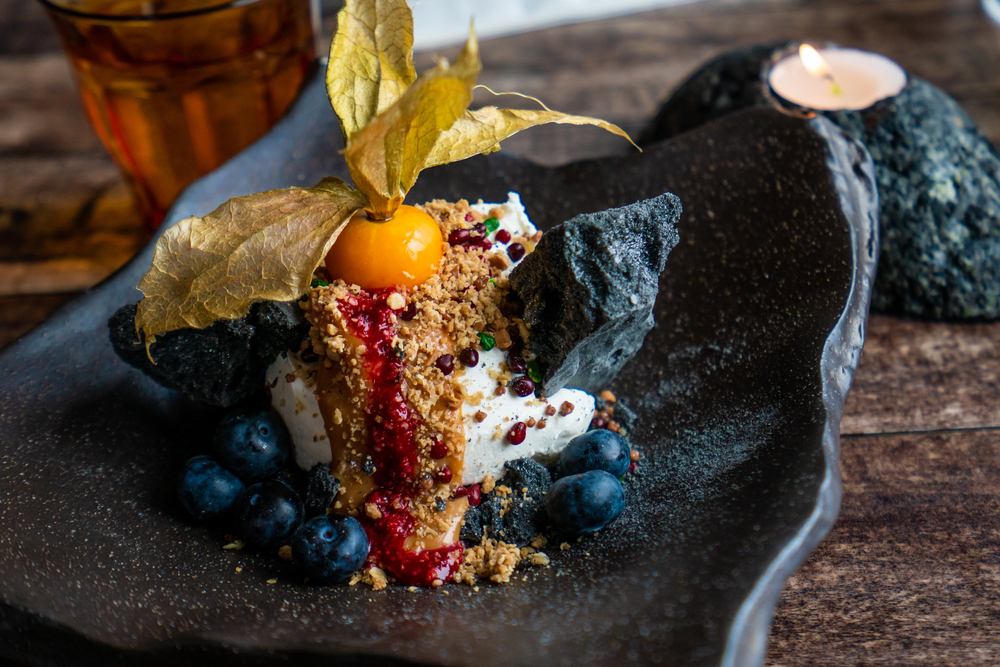
Reykjavík’s approach to traditional snacks demonstrates how culinary heritage can evolve without losing its essential character. The city’s food scene succeeds because it respects the practical wisdom behind ancient preservation methods while adapting them for contemporary lifestyles. Modern Icelanders maintain their connection to these traditional foods not out of nostalgia, yet because they represent solutions to environmental challenges that remain relevant today. This balance between honoring the past and embracing innovation has made Reykjavík’s snack culture both authentically Icelandic and globally appealing. The result is a food scene that tells the story of a nation that has always known how to make the most of what nature provides.
More from Travel Pug

- 20 Best Beach Towns in the Carolinas
- 13 Destinations Where Tourists Regularly Regret Their Trip
- 20 Things You Actually Get in First Class
- 20 Small Airports With Aviation Museums
- 20 Places in the U.S. That Are Perfect for a Reset Trip
Like Travel Pug’s content? Follow us on MSN.
